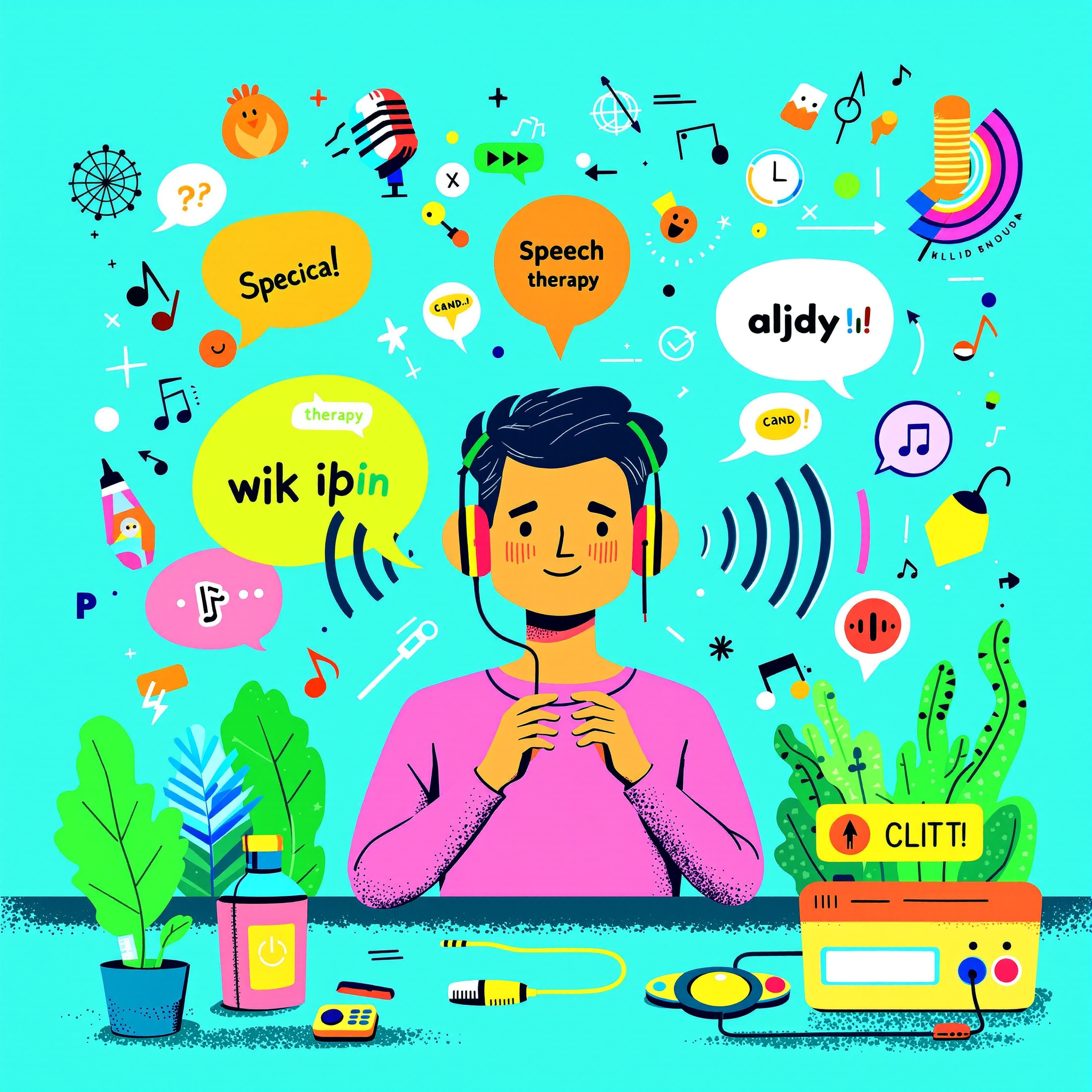Listening and Imitation: The Foundation
Before you can produce clear sounds, you must train your ear to distinguish subtle differences. Listening practice builds the neural pathways needed for accurate pronunciation reproduction.
🎧 Effective Listening Strategies:
🎯 Dialect Selection Strategy
Choose one specific dialect early in your learning to avoid confusion and mixed accents. You can always learn additional variations later once you have a solid foundation.
Self-Assessment and Recording Techniques
Self-monitoring is crucial for pronunciation improvement. Regular recording and comparison help you identify problem areas and track progress objectively.
📱 Recording Best Practices
Daily Recording Routine:
- • Record the same text weekly to track improvement
- • Use voice memo apps with playback controls
- • Compare your recordings with native speaker models
- • Focus on one sound pattern per recording session
Analysis Techniques:
- • Listen for rhythm and stress patterns
- • Identify consistent pronunciation errors
- • Note improvement areas over time
- • Use audio editing apps to slow down comparisons
🗣️ Narration Practice Method
Describe your daily activities aloud in your target language. This builds automaticity and reveals pronunciation challenges in natural, unscripted speech.
Weekly Progression:
Phonetic Tools and Systematic Learning
🔤 International Phonetic Alphabet (IPA) Benefits
Learning IPA symbols provides a scientific foundation for pronunciation. You'll understand exactly how sounds are produced and can use dictionaries more effectively.
Essential IPA Categories to Master:
🌐 Online Dictionary Integration
Audio pronunciation with IPA transcription
Native speaker pronunciation database
Quick audio playback for phrases
🎯 Minimal Pairs Practice
Practice distinguishing similar sounds that change word meaning. This targeted approach rapidly improves both listening comprehension and pronunciation accuracy.
English Examples:
Spanish Examples:
Targeted Practice for Common Challenges
👄 Mouth and Tongue Positioning
Understanding the physical mechanics of sound production helps you make precise adjustments. Start by exaggerating movements, then gradually make them more natural.
Physical Practice Techniques:
🎵 Rhythm and Stress Patterns
Word Stress Rules:
Sentence Rhythm:
30-Day Pronunciation Challenge
Week 1: Listening Foundation
Focus on ear training with 15 minutes daily of shadowing practice
Week 2: Problem Sound Identification
Record yourself and identify your three biggest pronunciation challenges
Week 3: Targeted Practice
Focus intensively on your identified problem areas with minimal pairs
Week 4: Integration & Assessment
Practice improved sounds in natural conversation and record progress

